Belling FSE60DOTi Firmware update
Other Belling Cooktop manuals
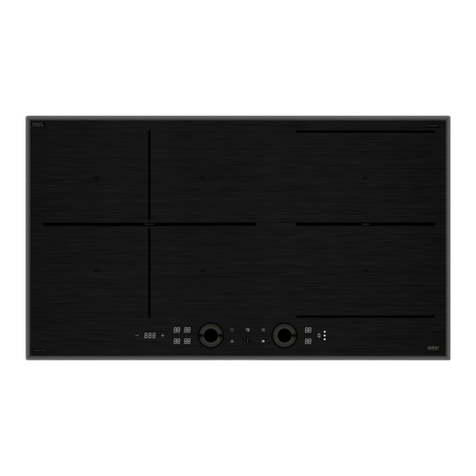
Belling
Belling BCT90INTP User manual

Belling
Belling IHTK60 Firmware update
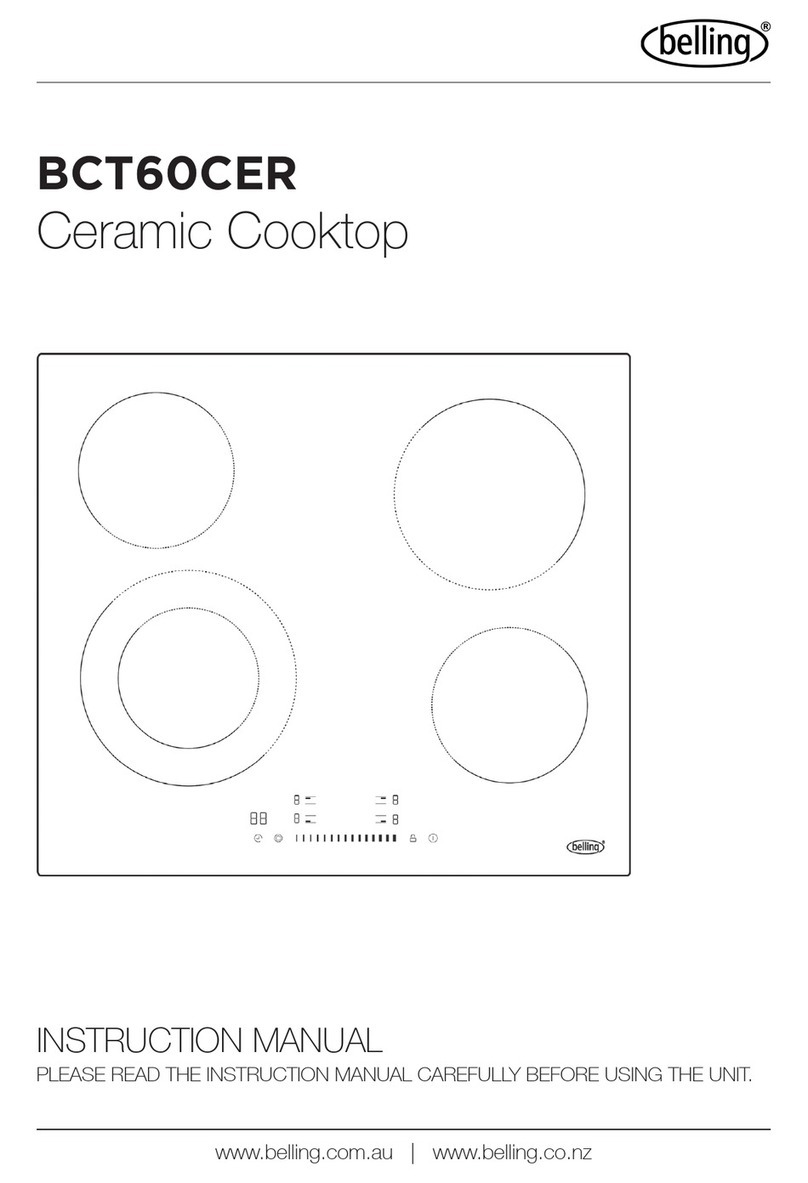
Belling
Belling BCT60CER User manual
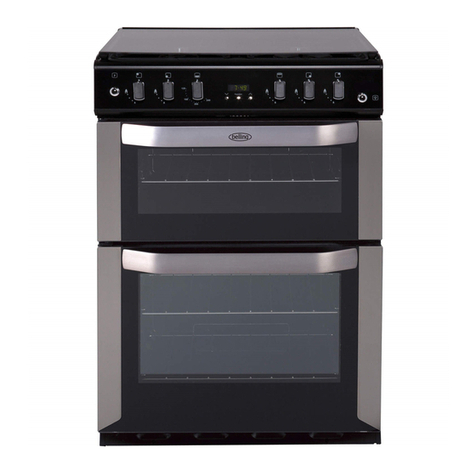
Belling
Belling BDC64INF User manual
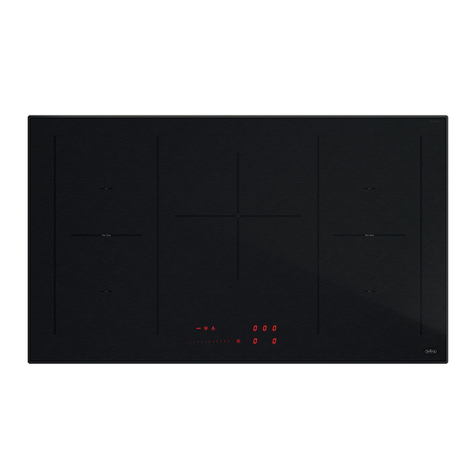
Belling
Belling Design BDC95IN2F User manual
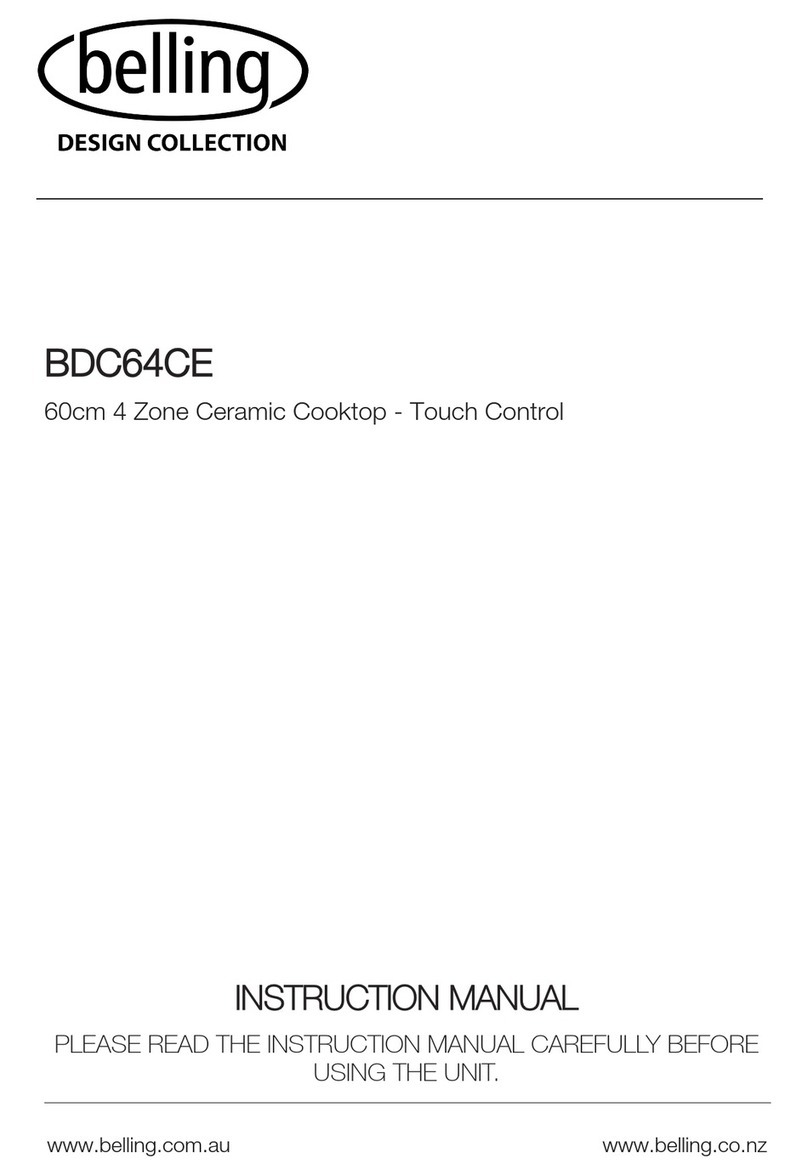
Belling
Belling BDC64CE User manual
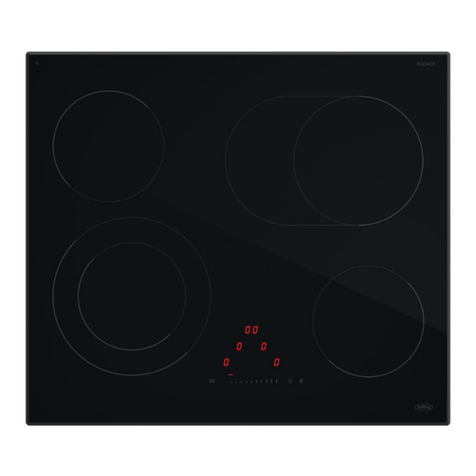
Belling
Belling BDC64CE User manual
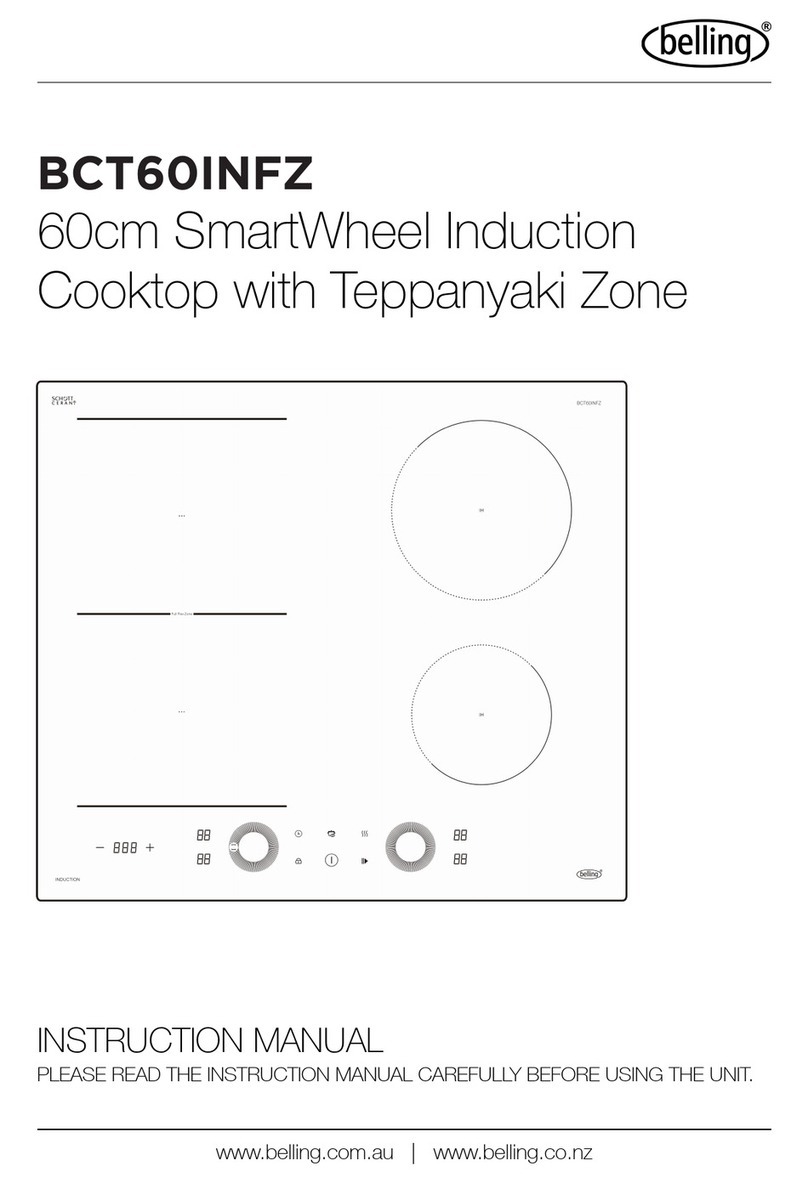
Belling
Belling SmartWheel BCT60INFZ User manual
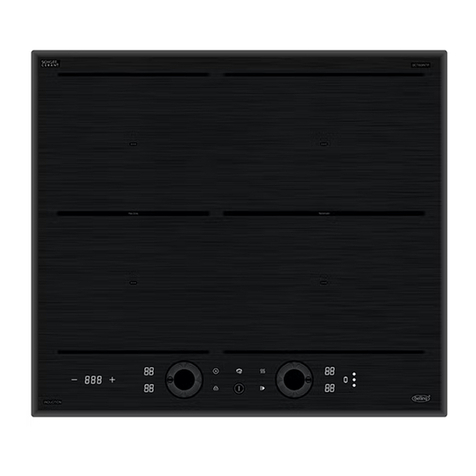
Belling
Belling BCT60INTP User manual
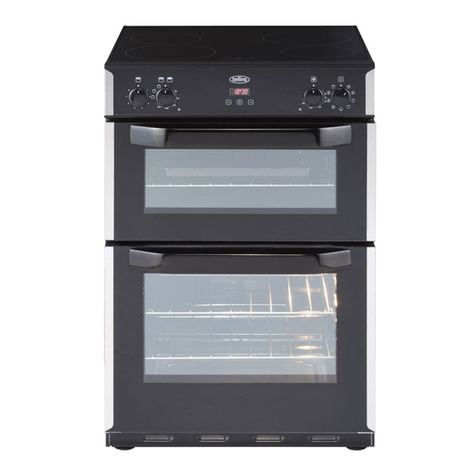
Belling
Belling CFE60MFTi Firmware update
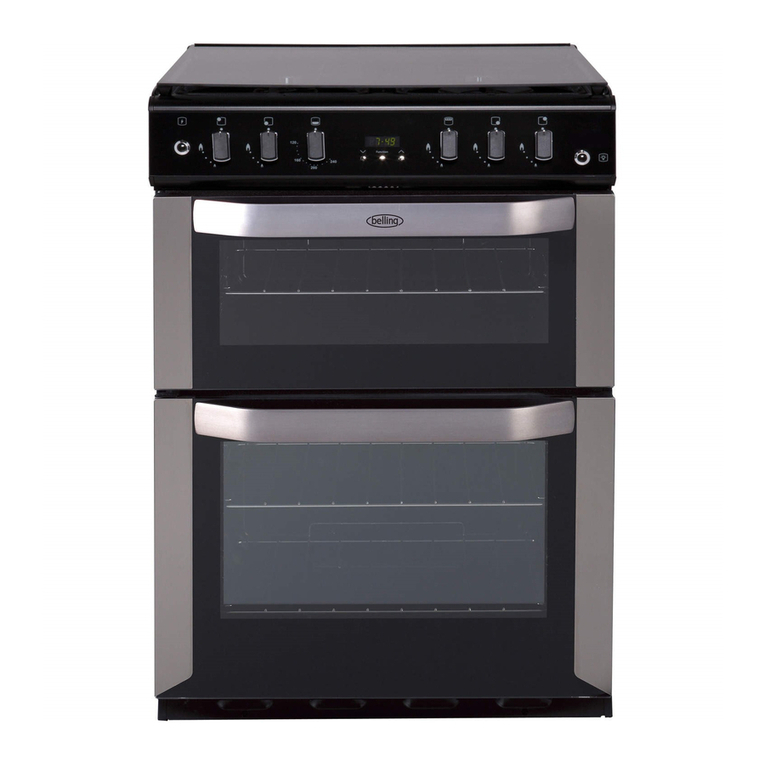
Belling
Belling FSG 60 DO/DOP User manual
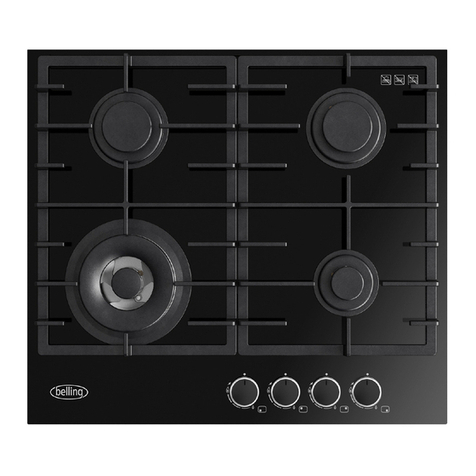
Belling
Belling BDC604BK User manual
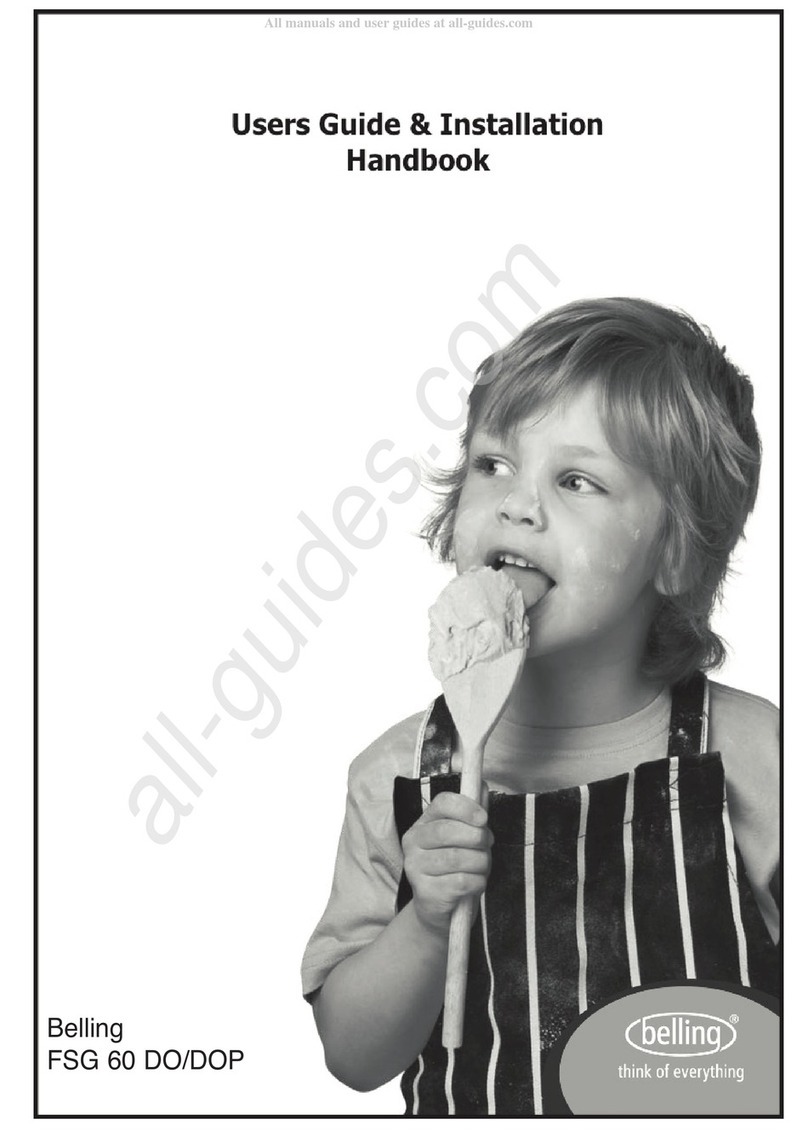
Belling
Belling FSG 60 DO Firmware update
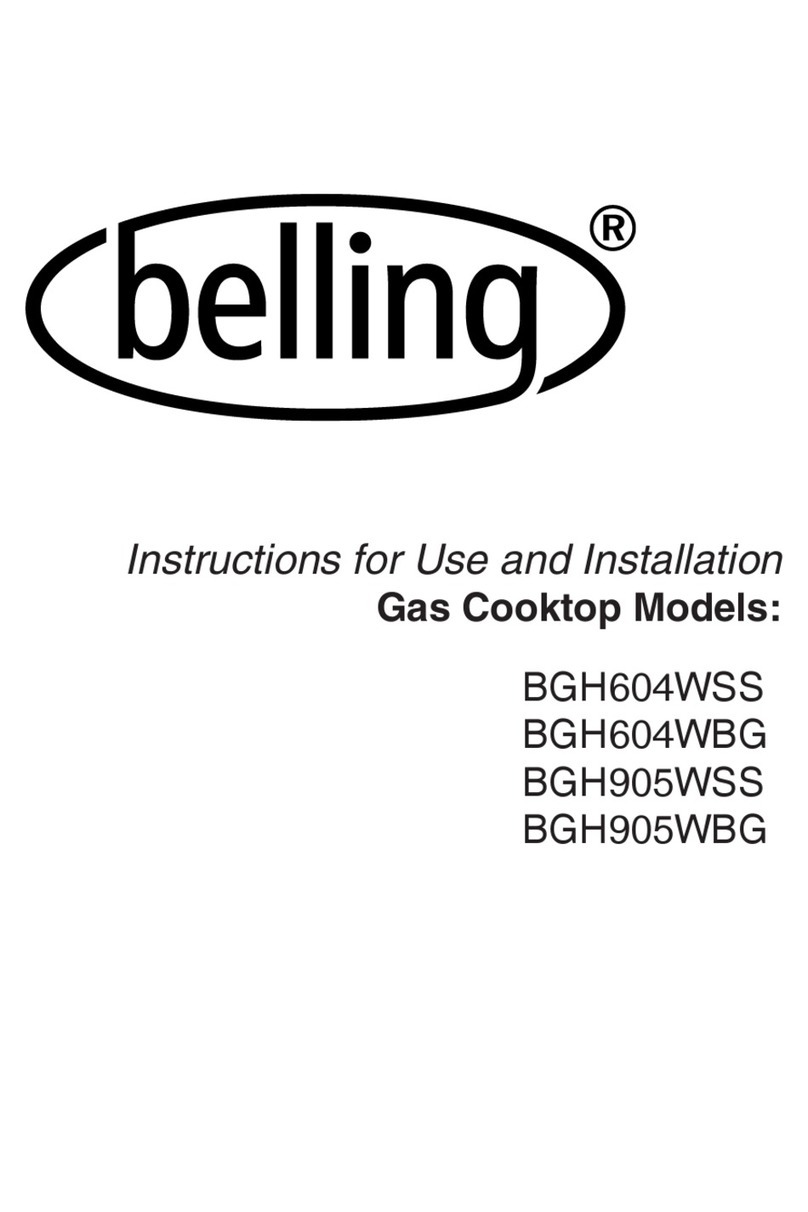
Belling
Belling BGH604WBG Operation manual
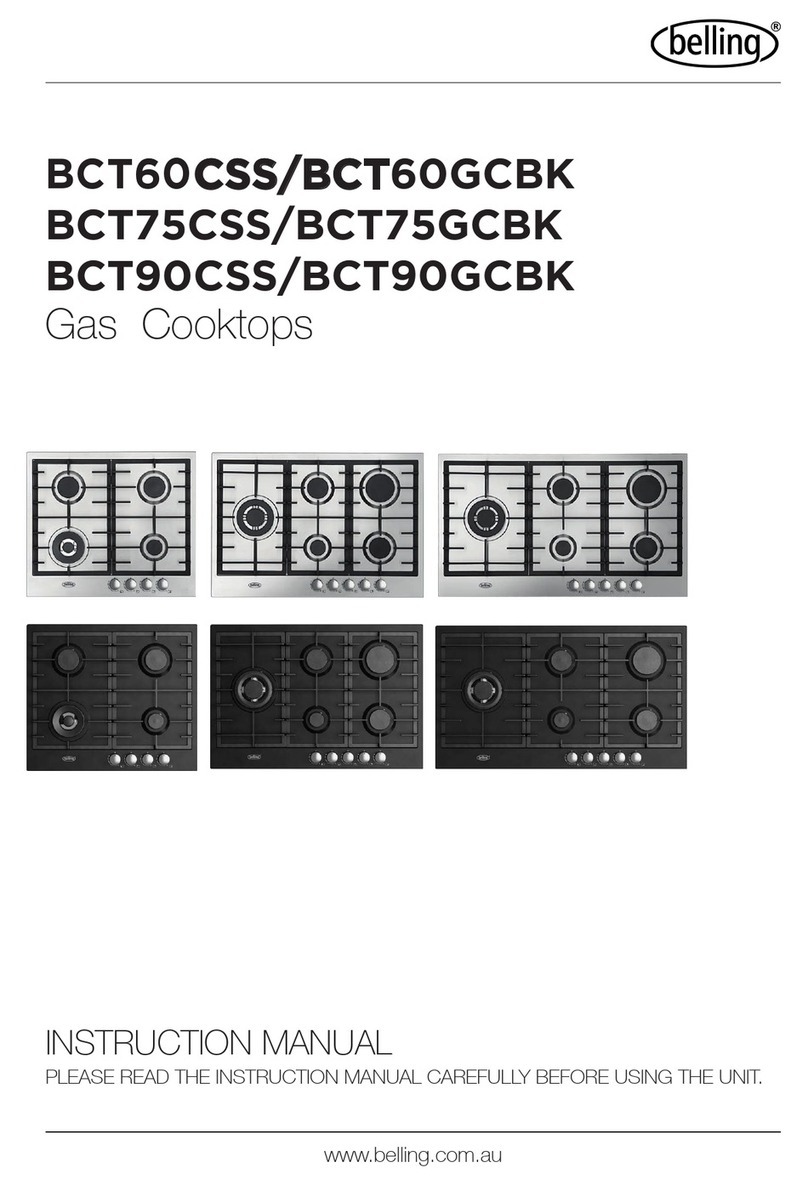
Belling
Belling BCT60CSS User manual

Belling
Belling Mini Richmond BMR60DODF User manual
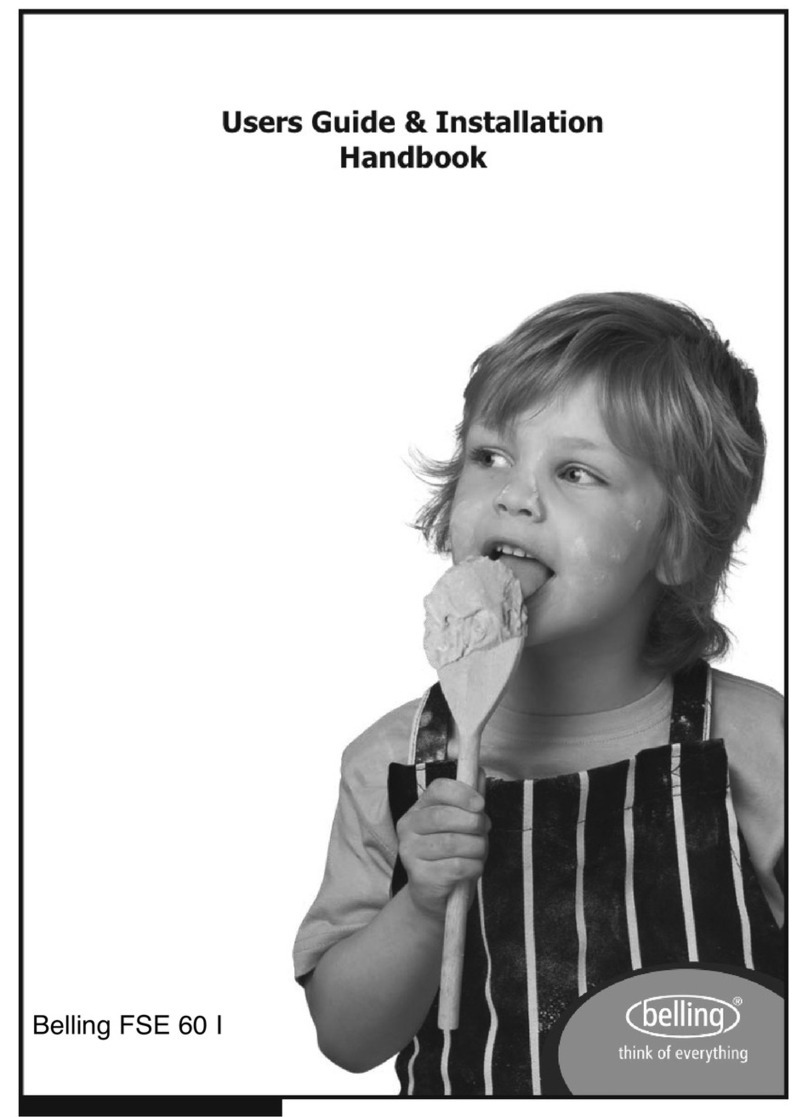
Belling
Belling FSE 60 I User manual

Belling
Belling BDC604S User manual
Popular Cooktop manuals by other brands
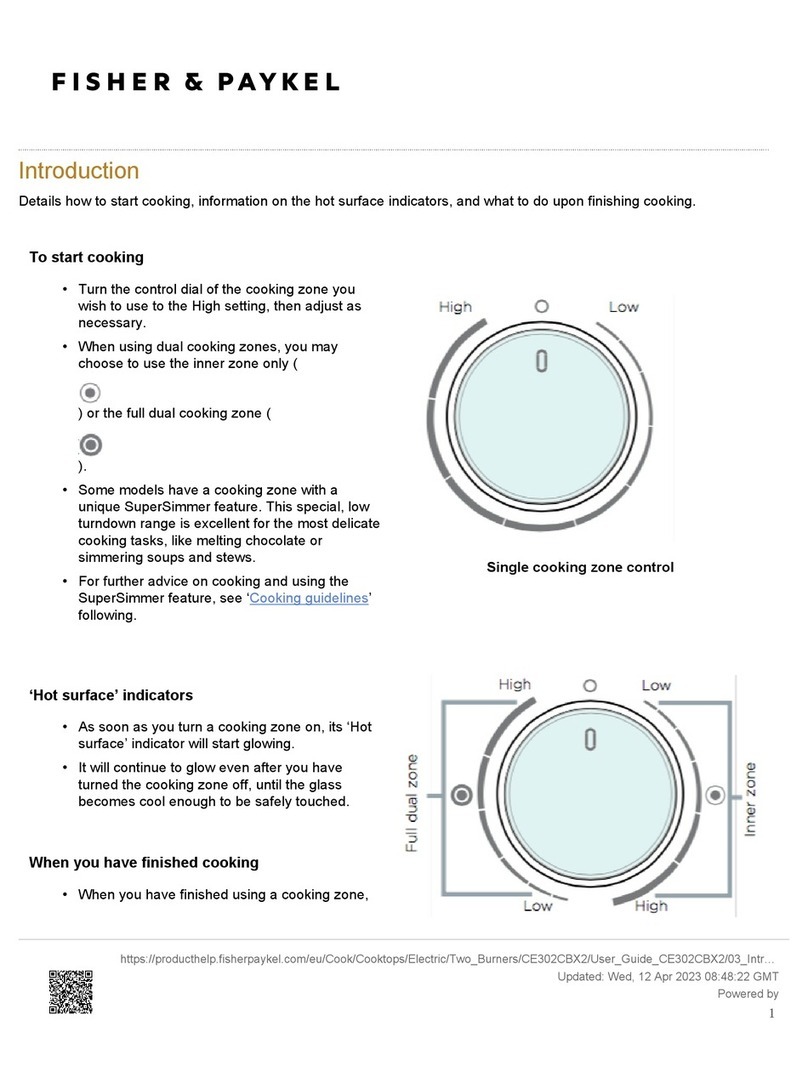
Fisher & Paykel
Fisher & Paykel CE302CBX2 manual

Whirlpool
Whirlpool GJC3634RB00 parts list
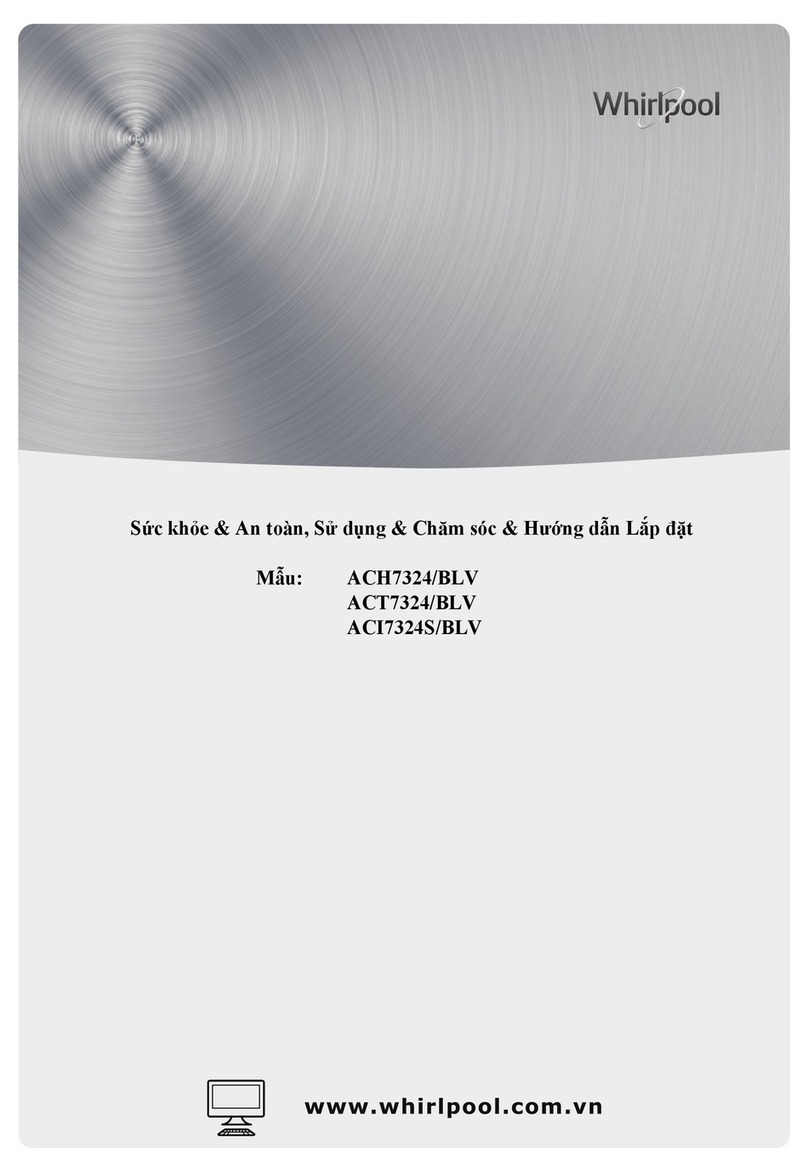
Whirlpool
Whirlpool ACH7324/BLV Use, care and installation guide
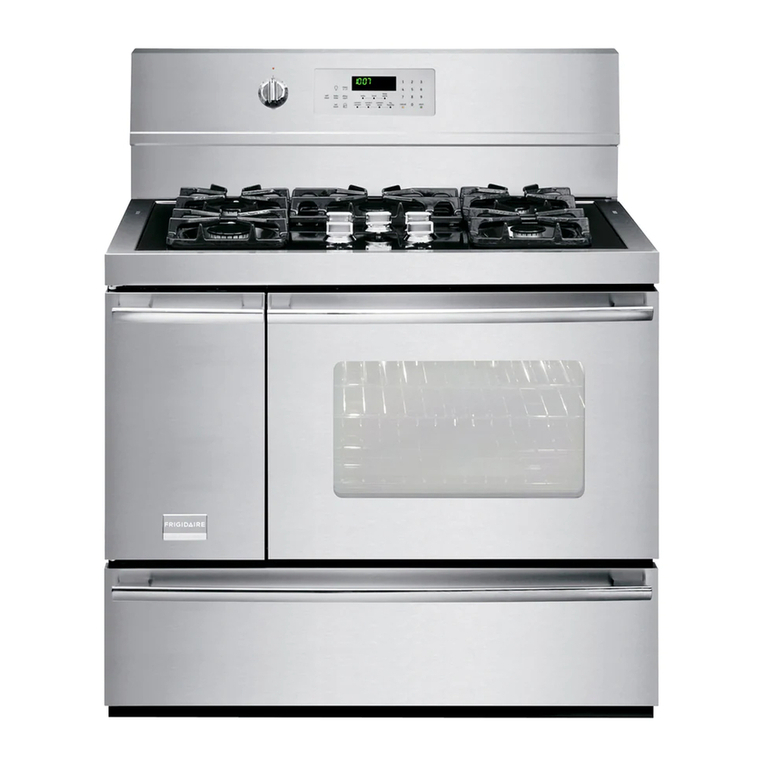
Frigidaire
Frigidaire Professional FPDF4085KF Important safety instructions

Bonnet
Bonnet OPTIMUM 700 Technical instructions

Jenn-Air
Jenn-Air JGCP430 installation instructions
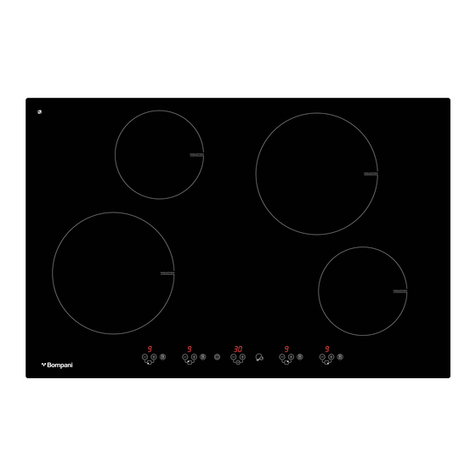
Bompani
Bompani BO374AA/E User instructions

Kleenmaid
Kleenmaid cooking GCTK9011 Instructions for use and warranty details

Waldorf
Waldorf RN8603E-B Technical data sheet

Whirlpool
Whirlpool SMP658CNEIXL quick guide
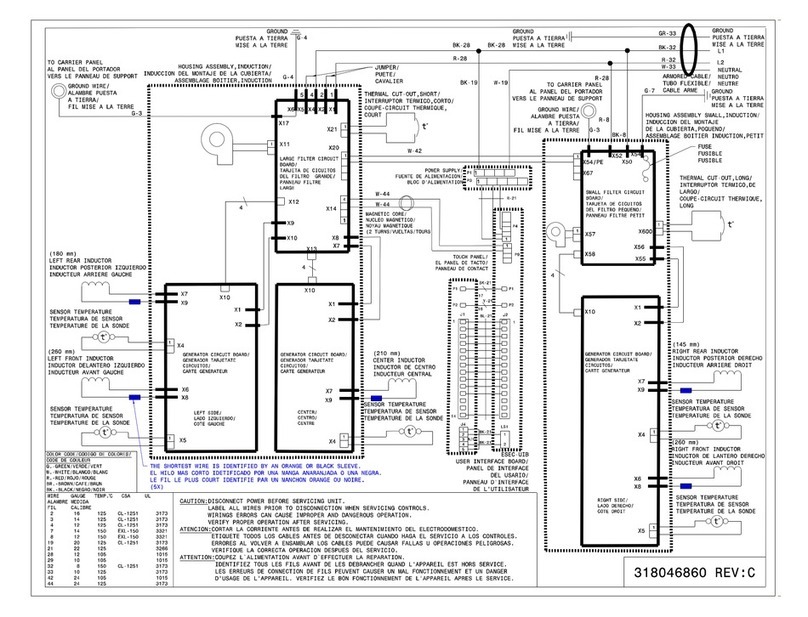
Electrolux
Electrolux E36IC80ISS - 36" Induction Cooktop Wiring diagram

Wolf
Wolf CI243C/B Use and care guide















